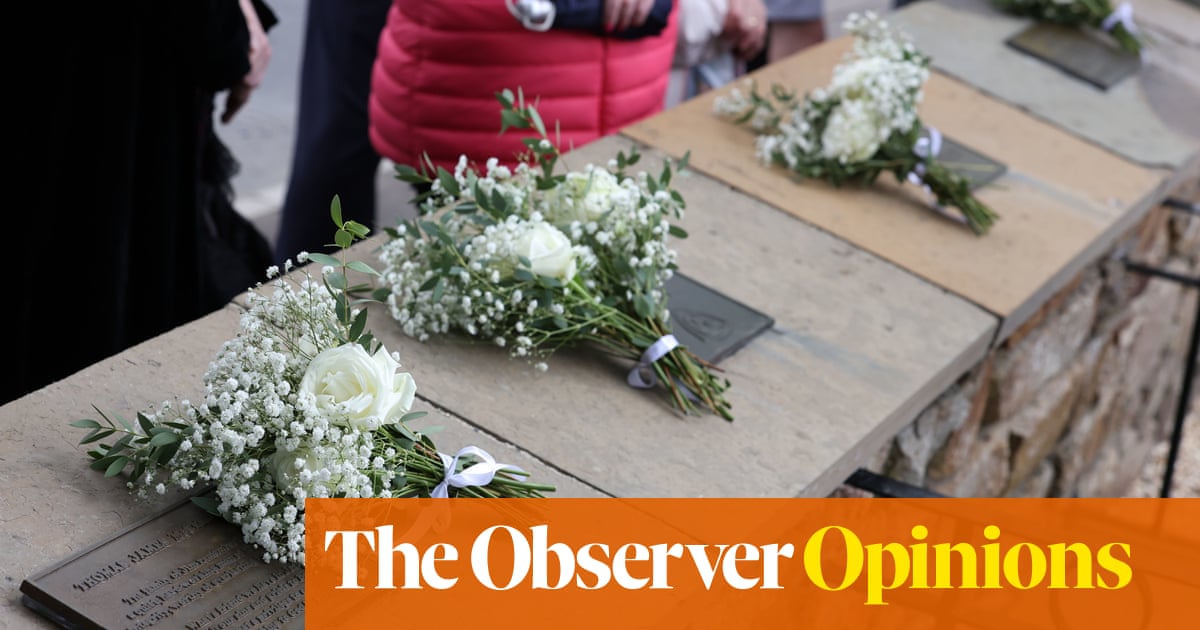
Migration is a common topic in today’s news, and migrants are often portrayed in pejorative ways. In fact, the word ‘migrant’ itself carries controversy, with no consensus on what it means and who exactly it does, or does not refer to under international law. Perhaps this comes from a lack of popular understanding about why people move, paired with misinformation on migration in general, as well as the ongoing dehumanisation of migrants of any type in popular culture. Why people move outlines how each story of migration differs, with migration ranging from voluntary to forced. People who leave their home and community move for such a variety of reasons; in search of work or economic opportunities, to join family, to study, and to escape conflict, persecution, terrorism, or human rights violations. And recently, an increasing number of people are migrating due to the adverse effects of climate change like natural disasters, drought and other environmental push factors.
Almost 3.6% of the global population, or 281 million, are international migrants, which means people who move from the country they were born in, to another country. Within this number, 12% represent refugees and asylum seekers. These are people who are moving not because they are simply seeking an international move, but because of factors in their home country that make staying there unsafe in some way. However, just looking at international refugees and asylum seekers does not provide a complete picture of all those who are forced to move due to adverse circumstances in the place they live. The UNHCR states that internal displacement, or those who leave their home but stay in their own country, accounts for almost 60% of all people displaced. Current global legislation at national borders and at domestic levels is ineffective for the actual reality of people who are on the move. This leaves individuals stranded in precarious situations, pushing them to take even more risky routes that are not just extremely dangerous, but sometimes even deadly. As Warsan Shire, a British-Somali poet put it “No one leaves home unless home is the mouth of a shark.”
Many of these risky migration routes or origin points for migrants span an area referred to as North Africa. North Africa includes Algeria, Egypt, Libya, Morocco, Tunisia, Sudan and the contested territory of Western Sahara. The region, rich in religious and ethnic groups, is a key strategic geographic location for migrants from across Africa. It is considered a prime transit region for both forced and voluntary migrants trying to make their way into Europe. This journey often involves using people smugglers, irregular routes, and sometimes deadly choices and conditions that stem from the difficulty of being on the move. While there is a distinction between smuggling and human trafficking, the line has become increasingly blurry with smugglers exploiting migrants through violent and coercive means and migrants finding themselves in a situation that can end in trafficking and exploitation.
During my time in Europe, the topic of migration has become increasingly politicised and criminalised, just as it has been in the U.S. and other destination countries. In an attempt to close their borders, governments are increasingly putting extreme measures in place under the pretext of reducing human smuggling. This has resulted in precarious routes being used by smugglers, and inflation of the prices and profitability for smugglers, often leading migrants into debt bondage and further increasing their risk of human trafficking. Due to their irregular status in their temporary country of residence, very few victims report their situations to the authorities or seek support services out of fear of deportation. This makes knowing the scale of the problem almost impossible.
Boats from Africa heading across the Mediterranean Sea, often with the ultimate destination of the UK, is the migration route that has claimed the most lives. But the challenge of stopping these deadly voyages, or any other perilous route, does not rely on the origin, North African States alone, but also on the policies of their destination countries. However, a recent example of a legislative approach from the UK, the UK-Rwanda migration agreement, carries a heavy weight in its future implications. According to ODI, an independent global think tank, “The deal represents a crisis of responsibility, rather than the crisis of migration by which it is commonly framed. It dilutes and undermines the UK’s international commitments. It sets a dangerous precedent for others looking to leverage migration for political ends. And it sends an abysmal message to countries in the Global South struggling to host much larger refugee populations.” Pushing the responsibility of processing and taking in refugees to a third, less developed country, isn’t progress, it’s a step backwards. Absolving the state of their responsibility not only violates international agreements, it is unsustainable and only further dehumanising migrants. The arrangement threatens to reshape the global approach to refugees from a system driven by shared moral commitment, to a “transactional one where countries that are willing to host refugees lever it to strike deals on trade, economic cooperation, or development.” And for the refugees themselves, it makes them pawns, removing any sense of control and agency over their destiny and pushing them into the hands of smugglers and traffickers.
The politicisation of this issue isn’t limited to destination countries. Even within North Africa the issue has become politicized, leading to the stigmatization of irregular migrants coming from Sub-Saharan Africa, and making them the target of discrimination and racism. It also has the effect of locking refugee and internally displaced populations in these precarious and vulnerable conditions. Reports paint a picture of the horrific human rights abuses refugees are facing, especially from Sub-Saharan and Sahel States. The abuses these regional refugees and displaced persons often experience range from arbitrary arrest, discrimination, labor and sex trafficking and exploitation to abductions for ransom, by militias and traffickers, or torture and detention in inhumane conditions. The rise in unemployment, food insecurity, children out of school, border closures and restrictions due to COVID-19 have only increased the demand for people smuggling, especially through the most perilous pathways. The impunity currently granted to traffickers and smugglers across North Africa as well as high levels of corruption has led to a fertile market for human trafficking and exploitation that is entrenched and remains highly profitable. Consequently, criminal networks, militia groups, government officials, private employers and traffickers have actually come to rely on a steady flow of migrants, refugees and asylum-seekers to use in various sex and labor trafficking schemes.
The economic and environmental conditions that led us here will not be disappearing any time soon. And, when it comes to migration, each and every country whether origin, destination, or transit, has a role in protecting people from harm, exploitation, trafficking and death. Safeguarding the human rights of refugees and asylum seekers is a responsibility and obligation for all nation states, and we must address it together. Up to now, the concept of a ‘refugee crisis’, mass displacements and the waves of migration seen increasingly in today’s news have been viewed mostly as new, temporary problems. But looking at global trends and recent data, this view could not be further from reality. The dehumanisation of people arriving at the borders perpetuates a harmful justification for inhumane and cruel policies, slapped together with willful ignorance of what the policy actually looks like for those who are affected by it. This can only lead to temporary solutions that lack long term sustainability and infrastructure, and do not contextualise the issue as one that requires collective research and a human rights based approach.
It’s a daily news feature right now, but the phenomenon really isn’t new, and has been happening in varying degrees for the better part of 200,000 years. Now that global attention is on this challenge, long-term solutions that move away from the traditional and outdated ‘refugee camp model’ should be implemented, backed by well thought out legislation and built on innovative thinking and human rights best practices. Currently, those making inhumane and irresponsible policies seem to feel that refugee populations are “other”, but the reality is while we may not find ourselves facing those push factors today, as shown in recent news, tomorrow everything could change. We need to implement policies that reflect our common humanity and allow people to live and move safely and free from fear, just as we would all like to live, wherever we are from.
To read more about human trafficking and modern slavery in the North Africa region and see a list with definitions of regional trafficking terms, download and read the Human Trafficking Search North Africa Research Guide.
Angela Khalife is a Research Fellow for Human Trafficking Search. She holds a BSc in Security and Crime Science from the University College London and is currently pursuing a Master of Human Rights and Humanitarian Action at SciencesPo Paris.












